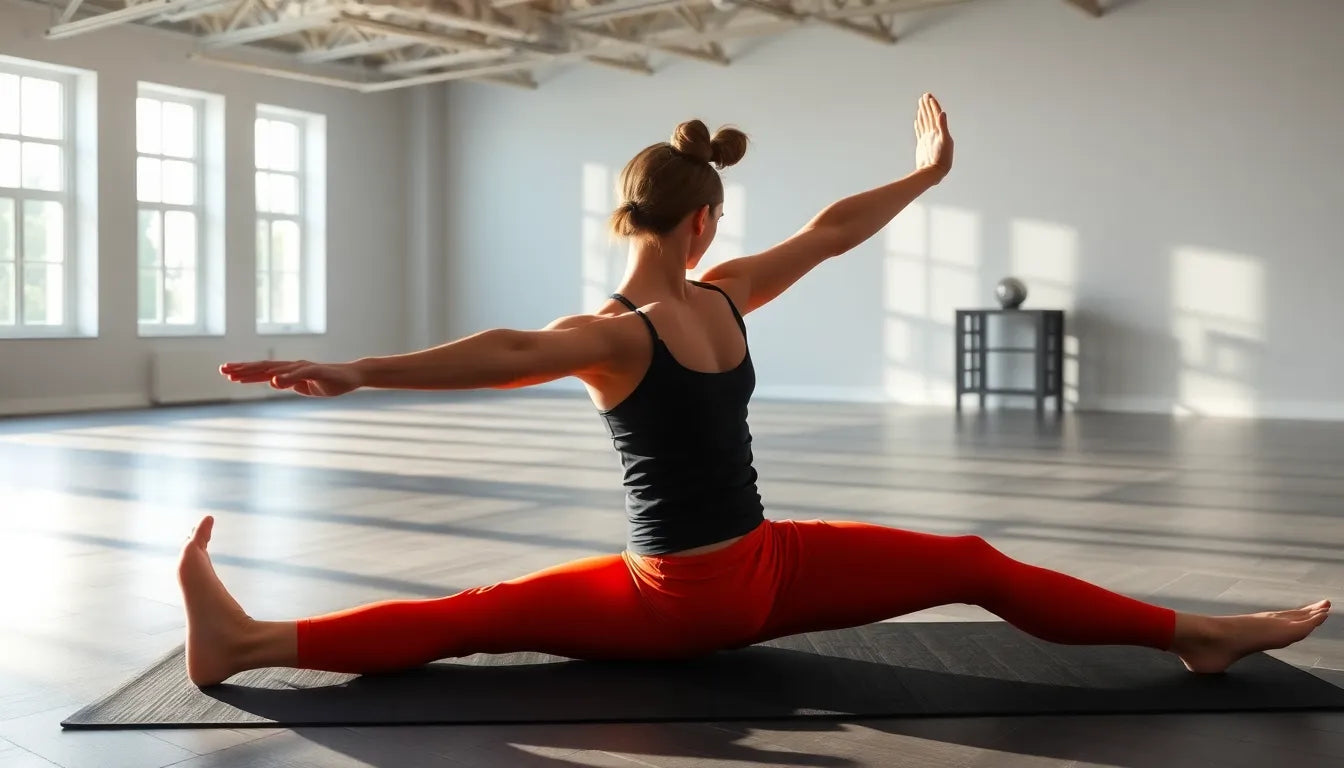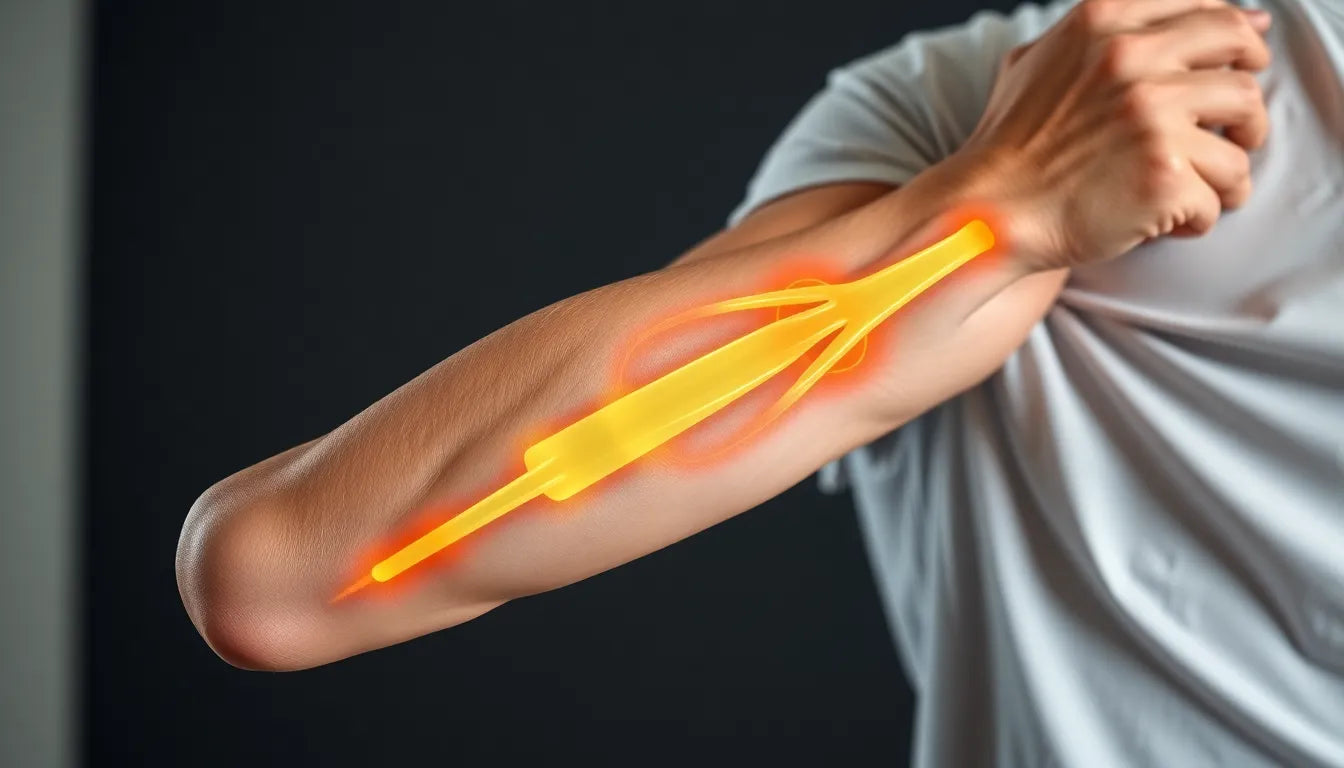Osteoarthritis, often referred to as wear-and-tear arthritis, is a common condition that affects millions worldwide, particularly impacting the hip joint. This degenerative joint disease occurs when the cartilage that cushions the ends of your bones gradually deteriorates, leading to pain, stiffness, and a reduced range of motion. For those experiencing osteoarthritis in the hip, these symptoms can significantly hinder daily activities and overall quality of life. Understanding the nature of this condition and learning how to manage it effectively is crucial for maintaining an active and fulfilling lifestyle.
the role of exercise in managing hip osteoarthritis
Exercise plays a pivotal role in managing the symptoms of hip osteoarthritis, offering a natural and effective way to alleviate discomfort and improve joint function. Engaging in targeted exercises can help strengthen the muscles surrounding the hip joint, enhancing stability and reducing strain on the affected area. Additionally, incorporating flexibility exercises can improve the range of motion, helping to combat the stiffness often associated with osteoarthritis. By focusing on both strengthening and increasing mobility, individuals can significantly enhance their overall quality of life and maintain their independence.

Lumbar support belt
Helps stabilise and relieve lower back pain, tension or discomfort during activity or rest.
setting the stage for relief
Embarking on a routine of structured exercises can unlock significant relief from the discomfort of hip osteoarthritis. The key to success lies in consistency and proper technique. By committing to a regular exercise regimen, you can gradually build strength and flexibility in your hips, leading to reduced pain and improved function. The following exercises are designed to be practical tools in your journey towards relief, offering a structured approach to managing your symptoms effectively. As you incorporate these exercises into your routine, remember that patience and perseverance are essential. Over time, you will likely notice improvements in your hip mobility and a decrease in pain, allowing you to enjoy a more active lifestyle.
effective exercises for hip osteoarthritis relief
When dealing with hip osteoarthritis, incorporating specific exercises into your routine can be incredibly beneficial. These exercises are designed to target the muscles around the hip joint, enhancing strength, flexibility, and overall joint function. Let's dive into some of the most effective exercises that can help alleviate the symptoms of hip osteoarthritis and improve your quality of life.
exercise 1: sideliggende benløft (side-lying leg lifts)
The side-lying leg lift is a powerful exercise aimed at strengthening the outer hip and gluteal muscles, which play a crucial role in stabilizing the hip joint. Here's how you can perform this exercise:
- Purpose: Strengthens the outer hip and gluteal muscles.
- Instructions: Lie on your side with your legs straight. Lift the top leg as high as possible without rotating your pelvis. Lower it slowly. Aim for 8-15 repetitions on each side.
- Variations: For an added challenge, use a resistance band around your thighs.
exercise 2: knæ-til-bryst-stræk (knee-to-chest stretch)
This stretch is excellent for enhancing flexibility and reducing stiffness in the hip area. It's a simple yet effective way to maintain a good range of motion:
- Purpose: Enhances flexibility and reduces hip stiffness.
- Instructions: Lie on your back and pull one knee towards your chest while keeping the other leg straight. Hold the stretch for 20-30 seconds before switching legs.
- Tips: Ensure your lower back remains pressed against the floor to maximize the stretch.
exercise 3: bækkenløft (bridge)
The bridge exercise is great for strengthening the glutes and lower back, which can help relieve pressure on the hips. Here's how to do it:
- Purpose: Strengthens the glutes and lower back, relieving hip pressure.
- Instructions: Lie on your back with your knees bent and feet flat on the floor. Lift your hips towards the ceiling, squeezing your glutes. Hold briefly, then lower your hips back down. Aim for 10-15 repetitions.
- Progression: For increased difficulty, try performing one-legged bridges.
exercise 4: muslingeskal (clam shell)
The clam shell exercise focuses on isolating and strengthening the outer hip and gluteus medius, crucial muscles for hip stability:
- Purpose: Isolates and strengthens the outer hip and gluteus medius.
- Instructions: Lie on your side with your knees bent. Keep your feet together and lift the top knee without moving your pelvis. Lower it slowly. Aim for 10-15 repetitions on each side.
- Enhancements: Place a resistance band above your knees for additional resistance.
exercise 5: lunges and squats
Lunges and squats are essential exercises for building strength and stability in the hip and legs. Here's how to perform them safely:
- Purpose: Builds strength and stability in the hip and legs.
- Instructions: For lunges, step forward and bend both knees, keeping your back straight. For squats, lower your body by bending your knees and hips. Aim for 8-12 repetitions.
- Safety: Keep your knees aligned with your toes to prevent strain.
Incorporating these exercises into your daily routine can make a significant difference in managing hip osteoarthritis. Remember to focus on proper form and technique to avoid injury and maximize the benefits. Consistency is key, so aim to perform these exercises regularly to see the best results. With dedication and the right approach, you can improve your hip strength, flexibility, and overall quality of life, allowing you to maintain an active and fulfilling lifestyle.
effective exercises for hip osteoarthritis relief: part 3
Continuing our journey to alleviate hip osteoarthritis symptoms, we introduce two additional exercises that focus on flexibility and dynamic stability. These exercises are designed to complement the previous ones, offering a comprehensive approach to managing hip discomfort.
exercise 6: pigeon pose (due-stræk)
The pigeon pose is a yoga-based stretch that targets the hip flexors and rotators, providing a deep stretch to relieve tension:
- Purpose: Increases flexibility and reduces tension in the hips.
- Instructions: Begin in a kneeling position. Bring one knee forward and extend the opposite leg back. Lean forward to deepen the stretch, keeping your hips square. Hold for 20-30 seconds, then switch sides.
- Caution: Avoid this pose if you experience knee pain, and consider using a cushion for support.
exercise 7: single-leg exercises (etbensøvelser)
Single-leg exercises are excellent for enhancing balance and dynamic stability, crucial for daily activities:
- Purpose: Improves dynamic stability and balance in the hips.
- Instructions: Engage in movements like single-leg bridges or diagonal walking. Focus on maintaining balance and control throughout the exercise. Perform 8-12 repetitions per leg.
- Guidance: Use a stable surface or wall for support if needed to maintain balance.
progression and adaptation
As you become more comfortable with these exercises, it is important to gradually increase intensity to continue improving strength and flexibility. Consider adding resistance bands or increasing the number of repetitions as your strength builds. Always listen to your body and adjust exercises to suit your individual capabilities. Professional guidance from a physiotherapist can be invaluable in creating a personalized exercise plan that considers your specific needs and limitations.
frequently asked questions
how often should I perform these exercises?
Aim to engage in these exercises daily or almost daily for optimal results. Perform 8-15 repetitions per exercise, adjusting based on comfort and ability.
can these exercises prevent osteoarthritis progression?
While exercises cannot cure osteoarthritis, they can significantly reduce symptoms, improve mobility, and potentially slow disease progression.
what should I do if I experience pain during exercise?
If you experience pain, stop the exercise immediately and consult a healthcare professional. It's crucial to differentiate between muscle discomfort and joint pain.
are there any exercises to avoid with hip osteoarthritis?
Avoid high-impact activities and exercises that cause pain. Focus on low-impact, controlled movements to protect your joints.
how can I incorporate Anodyne products into my routine?
Consider using ergonomic aids like support braces to enhance comfort and support during exercises. Consult with a professional for personalized recommendations.

Women's Posture Shirt™ - Black
Supports posture, reduces pain, and improves muscle function for work, exercise or leisure.
By incorporating these exercises into your routine and adapting them to your needs, you can effectively manage hip osteoarthritis and improve your quality of life. Remember, consistency and proper technique are key to unlocking relief and maintaining an active lifestyle.
Kilder
- Gigtforeningen. "GLA:D Træning." Gigtforeningen.
- Hasselager Fysioterapi. "Træningsprogram for Udvendige Hoftesmerter." Hasselager Fysioterapi.
- Kiropraktorguide. "5 Øvelser mod Slidgigt i Hoften." Kiropraktorguide.
- Gigtforeningen. "Øvelser for Hofte." Gigtforeningen.
- Danske Fysioterapeuter. "Ondt i Hoften: Tre Gode Øvelser til Dig med Slidgigt." Danske Fysioterapeuter.
- Gentofte Hospital. "Knæ- og Hofteartrose: Træningsprogram." Gentofte Hospital.
- YouTube. "Hip Osteoarthritis Exercises." YouTube.
- Fysioterapi Østerbro. "Ondt i Hoften efter Løb." Fysioterapi Østerbro.


















